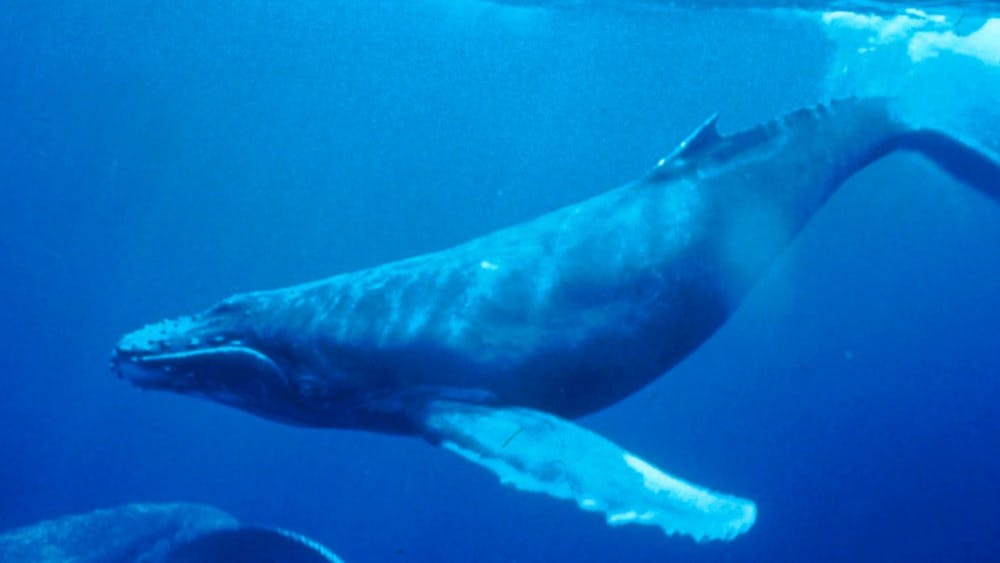Whale exfoliation may explain migration patterns
By TERESA NG | December 7, 2017In the 1800s, fishermen were mystified by the sight of bowhead whales scraping their heads against rocks. In the present day, drone footage has lent credence to a particular theory as to why. According to marine scientist Sarah Fortune, the whales are engaging in skin care.
















